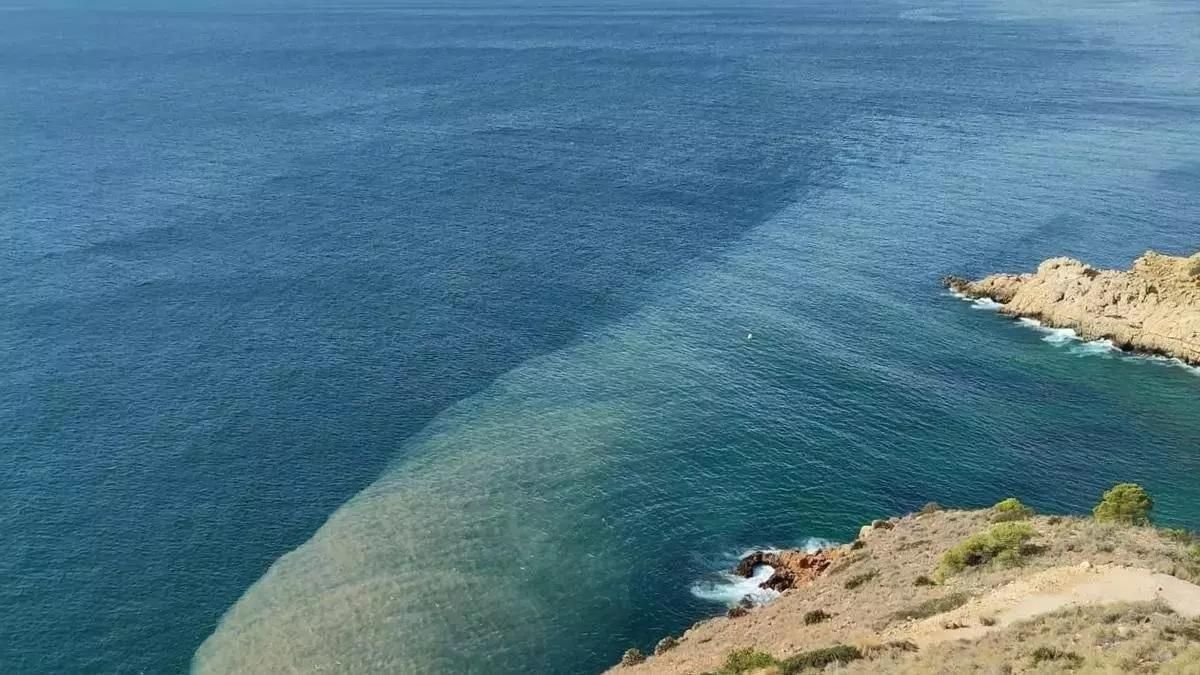
As every year, Ecologists in Action has presented its list of “Black Banderas”, a report with which the most significant cases of pollution and environmental management of the coasts of the Spanish State brought to light. This year, like the previous ones, a total of 48 black flags, two per province and/or Autonomous City have been awarded. In the case of Alicante, there have been two for three municipalities in the province: Benidorm, Torrevieja y Orihuela.
As explained from the entity, in this edition, special emphasis has been placed on the new Law on the Protection and Planning of the Coast, which “opens to speculation and allows the Occupation of maritime-terrestrial public space or pollution due to urban pressure and tourist overexploitation“In addition, in a year marked by the Dana, the study has also placed” emphasis on building on flooded land. “
In the Valencian Community they have been granted six black flags, two for each province. The flags stand out for the affection of the Law on the Protection and Planning of the Coast, which opens to speculation, allowing the occupation of the maritime-terrestrial public space or the construction 100 meters from the coast, as well as the contamination produced by urban pressure and tourist overexploitation.
In Alicante they have gone to the Levante beach from Benidorm, for pollution; And the Flats and Ferris, from Orihuela and Torrevieja respectively, due to poor management. In the case of the first, Ecologists in Action explains that this sand and the coast of the Natural Park of the Serra Gelada “They have been affected by spartles of fecal waters without treating. The lack of investments in infrastructure and tourist pressure and urban planning, has led to the administration to justify these 'controlled' spills in the natural park and nearby beaches so that they do not continue breaking purifying stations. “
As this newspaper has already published, in February 2024, the works to renew the wastewater pumping stations of Benidorm that are being carried out on the Mediterranean Avenue with Amytlla de Mar caused spurs of non -treated waters in the area of Serra Gelada.

The spill that occurred to the sea in Benidorm in February 2024. / INFORMATION
That episode was solved in a few hours, but caused all alarms in addition to the criticisms of environmentalists and other agents involved. Thus, this year, the Consell has once again authorized for a new controlled discharge to be able to “finish off” those works, an operation that is executed in such a way that the least possible waste is generated.
The other black flag has gone to Cala Mosca and Cala Ferris, located in Orihuela and Torrevieja respectively, With a “strong urban pressure, they have been protected from cement and concrete to date thanks to a livestock route, in Cala Ferri, and the sensitive vegetation and legislation of the Pattel, in Cala Mosca.”
In Valenciathe black flags are for the city's beaches of the city, corresponding to the Natural Park of L'Obufera, for contamination, and the Law of Protection and Management of the Coast, due to poor management. In Castellónfor the southern beach of the port of the capital, in the Grao de Castellón, for pollution, and beach of the sea Xica, in Benicarló, for poor management.
Analysis of 8,000 kilometers of coast
The report comes after an analysis of the approximately 8,000 kilometers of the coasts of the Spanish State. It is a study that collects the 48 flags that the environmental organization gives to specific points of the Spanish coast, two per province and two for each autonomous city. In this way, a contamination case and another of environmental management are denounced in each of these places although, as the organization states, “unfortunately they could be many more.” The report “Black Banderas 2025” has been carried out “thanks to the voluntary work of dozens of activists of the local groups of environmental in action”.
The number of black flags granted depending on their nature, are the following:
- Urbanization of the coast and invasion of the maritime-terrestrial domain (13).
- Spills, deficiencies in sanitation systems and serious purification problems (12).
- Biodiversity conditions (9).
- Accumulation of garbage, plastics and microplastics on the coast (5).
- Unnecessary or poorly managed coastal port or defense works (4).
- Chemical pollution (3).
- Damage to historical and cultural heritage in DMPT (1).
- CO₂ geological storage project that presents serious environmental and social damage (1).
In this edition, the environmental organization has focused on the POak of appropriation and occupation of maritime-terrestrial public space On the coast of the Spanish State, a very widespread practice by wealthy individuals and commercial companies.
Now, with the new Law of protection and management of the coast promulgated by the Generalitat Valencianathese natural spaces, as well as many others throughout the Valencian coast, will be affected by the legislation. Among other aspects, it is an opening towards the speculation of the coast and one step back in its protection since construction is allowed 100 meters from the coast or the privatization and lack of protection of the maritime-terrestrial public domain.
Subscribe to continue reading